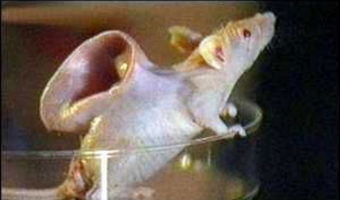What Are the Differences Between Yellow and White Markings on the Road?
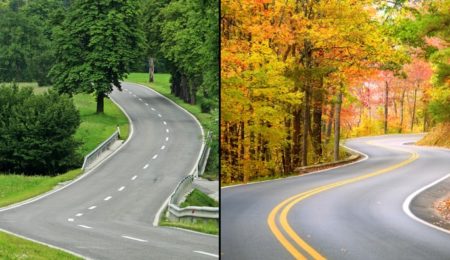
Imagine a big intersection with no road sign markings. Or highways with speeding cars that do not need to follow the rules. Scary much? Signs and marks on the road are there for a very good reason. In today’s mad rush, they keep the world a safer place by conveying official information to guide pedestrians as well as drivers.
Let us check how many of these you already know and how many have managed to surprise you!
Table of Contents
Do you know the difference between solid and broken white lines on the road?
White lines, both solid and broken, single or double, separate traffic on roads with lanes moving in the same direction.
Broken or dashed White lines: These lines are the most common road markings on the road. When white lines are broken or dashed, you are permitted to change lanes, and drive on any of the lanes, as long as it is safe.
Single Solid White Lines: A single solid white line indicates that you should stay in your lane. Wherever these are present, drivers are discouraged to change lanes. Therefore these are often seen at the gore area where a ramp lane is adjacent to a through lane on the interstate. These solid white lines are also used in construction zones to discourage drivers from shifting lanes too much. Or even on highway exits to distinguish a separating lane for cars taking the exit. Though lane changing is not encouraged when there is a single white line, it is not against the law.

Double Solid White Lines: You are not supposed to cross a Solid Double White line at any time. Therefore two solid white lines mean that one cannot overtake from either direction. They are used often to separate carpool(HOV) lanes from the regular flow of traffic. These high occupancy vehicle lanes can only be entered or exited at designated places- that is just in places where the white lines are broken or dashed.

What do the yellow markings on the roads indicate?
Yellow lines mark the center of a two-way road that is used for two-way traffic. Therefore, they separate traffic moving in the opposite direction. Drivers should always stay to the right of the yellow lines to be safe. When the yellow line is a double solid passing is prohibited and illegal. It is downright dangerous to do so, and not allowed ever.Â

But a single broken yellow line in the center means that passing or overtaking is allowed, but definitely only if safe conditions exist. When passing, you must use the lane belonging to oncoming traffic.

A combination of solid and broken yellow lines also shows the center of two-way traffic. A solid yellow line alongside a broken yellow line indicates that you are allowed to pass depending on which side you are on. If you are traveling on the right of the broken yellow line, you are allowed to cross the line to pass. But if you are on the side of the solid line, you cannot pass.

Yellow Lines and Left Turns can sometimes be confusing.
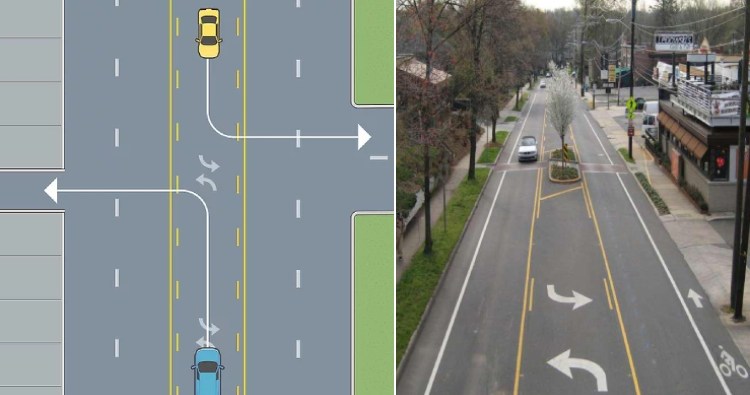
Yellow lines are sometimes used in some specific situations to turn left lanes. They are usually seen on three or five-lane highways. The outside, solid yellow centerline means that you cannot use the center lane for passing. But when the pattern inside is a broken yellow line and a solid yellow centerline, vehicles traveling in either direction may use this center lane only to make left turns.Â
Sometimes, some situations can also confuse drivers. We know that under any circumstances, a solid yellow line means you should not cross. But what if you need to turn left to enter or leave a lane (private or public) from the road? Can you violate the rule? You can. As per rules in most states, crossing a solid yellow line is okay if you need to turn left to enter or leave a road or when you have to slide over to avoid hitting a pedestrian, a bicycle, or a skateboard (person-on-vehicle). If you are traveling in an HOV lane with a designated entrance to the left of the lines, you can also cross a solid yellow line.
What are “reversible roads”?
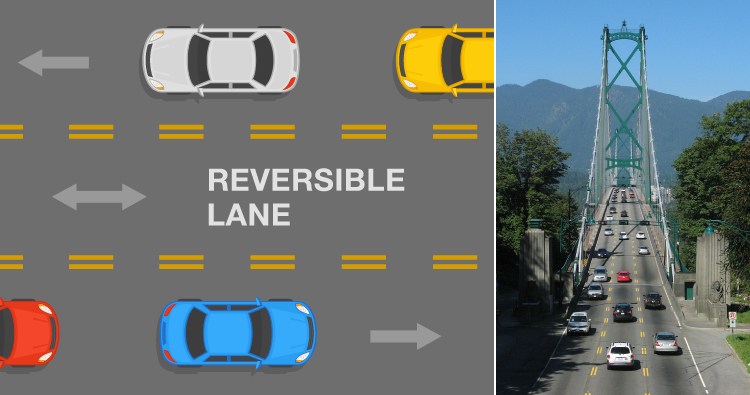
These are essentially roads where traffic can go in any direction. A reversible centerline is a vertical three-lane, two-way road. Black arrows will indicate the direction of each lane, and the center lane can have black arrows showing both directions. The broken double yellow lines separate lanes from each other. These lanes are used to speed traffic in one direction or another at certain times of the day. For example, in the morning, when a lot of cars are heading into the city for work, or in the afternoon to let people get out of the city faster. But how do you know which direction is allowed and when?
Mostly, the entrances are blocked with gates or barricades to keep the wrong-way traffic off the lanes. Or in other cases, there are signs and sometimes overhead traffic lights that are marked with a cross or a green to help you understand when it’s acceptable to use the reversible lane.
Do you know all the graphic symbols on the road?
There are more than 500 symbols that are used on our roads. Though most of us see quite a few every day, surprisingly, we still get confused with what all the signs and symbols mean.
But here are a few important ones that everyone should know.
A diamond indicates that the lane is reserved for high-occupancy vehicles or HOVs. Therefore, you should only use the lane if you have more than two people in your car.
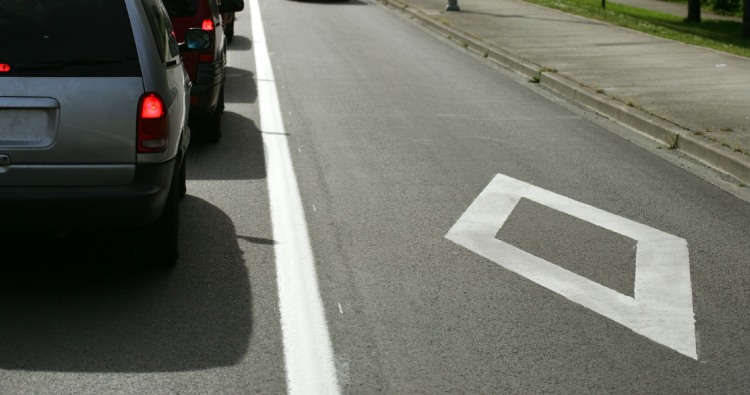
When there is a bicycle drawn on the road, it indicates that the lane is reserved for bicyclists.
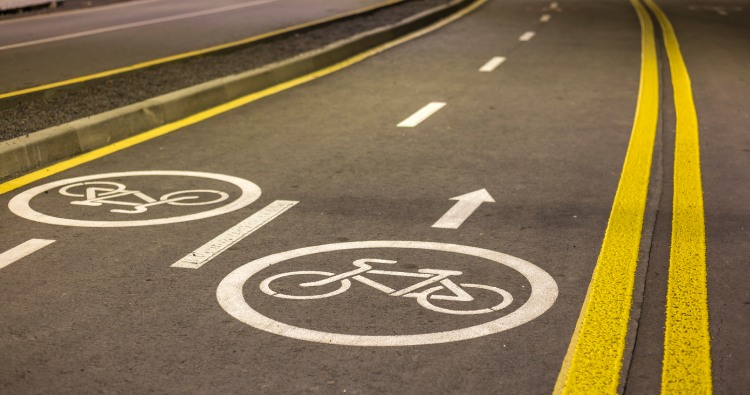
There are pavement markings that are used to alert users to potentially unsafe conditions ahead. A letter X with an R on each side indicates a highway-rail grade crossing ahead.
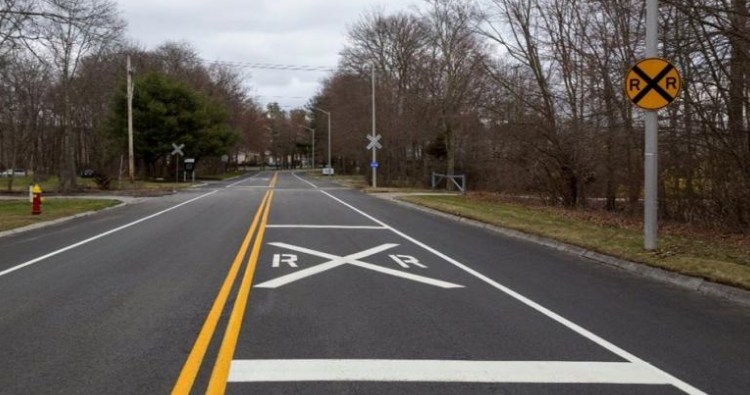
A hollow triangle indicates a yield ahead.
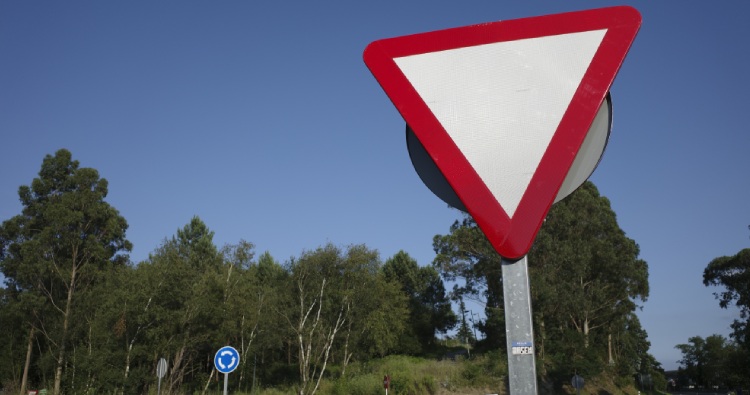
When a sign says “Dip,” it means that there is a depression in the road ahead, and the drivers should slow down.
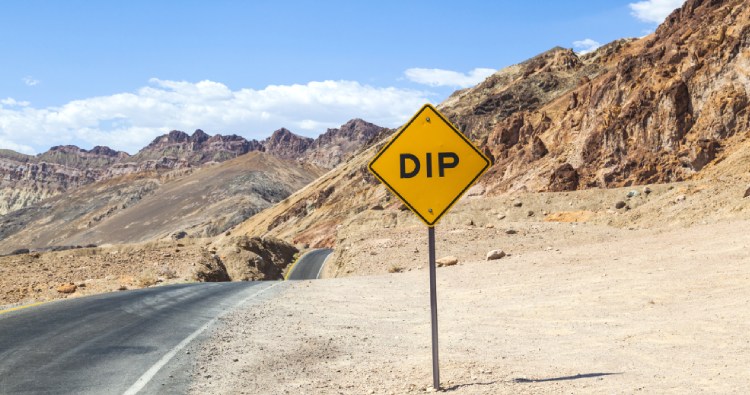
A slippery road sign is a warning sign that exists whenever there is a slippery condition that might cause the car to skid. Usually seen near bridges or overpasses as they freeze the first and thaw the last during winter.
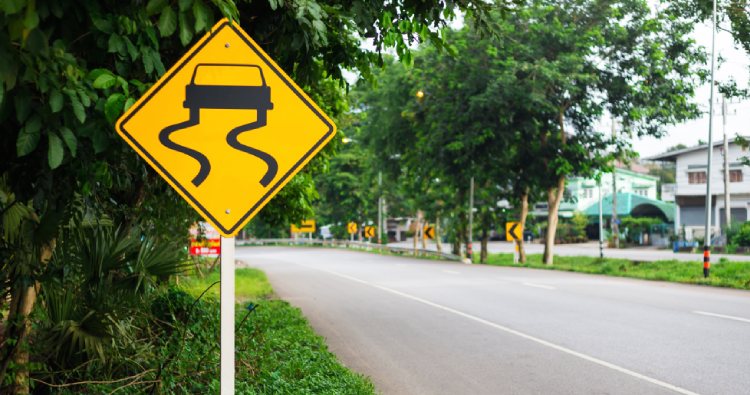
The side road sign is also a warning sign that indicates there is a side road that enters the highway, usually from the right. Though the sign always indicates the entry point. This warns the drivers that there is an intersection coming up so that they are aware of any traffic leaving or entering the highway.
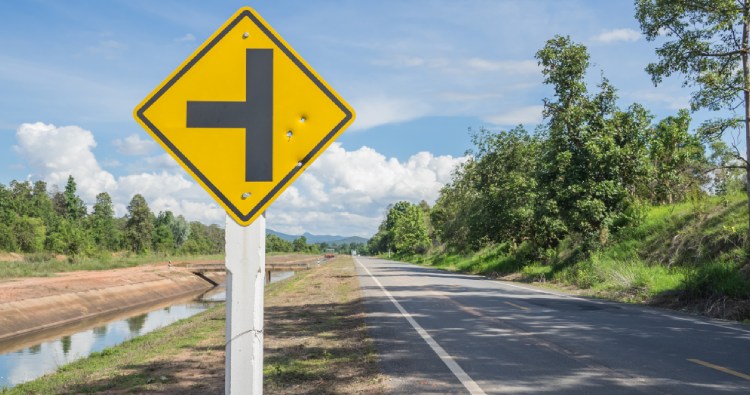
Have you heard of a musical road?
A musical road is a road or a part of the road that creates a vibration or audible rumbling wherever a car passes over them. This rumbling forms a musical tune that is heard inside the car and in the surrounding area. Musical roads are there in the United States, Denmark, Hungary, China, Iran, Taiwan, Indonesia, and Japan.
How do they work? A musical note, as we know, is a vibration in the air at a particular frequency. And in this case, it is made by the car tires as they hit specific grooves on the road, placed at a calculated distance. For example, an E-note in music requires a frequency of approximately 330 vibrations a second. Therefore, after calculation, to create that note, strips of 2.4 in (61 mm) are placed on the road, and a vehicle traveling at 45 mph will create that note perfectly. Of course, with slower or faster speed, the notes remain correct. Just the music gets slower or faster. Imagine not knowing about the musical road and passing over it at night. That would be downright creepy.
The musical road of Lancaster in California is a little out of tune, as per Tom Scott, the British YouTuber, and web developer. Lancaster in California has a quarter-mile stretch of a road which is called the “Civic Musical Road,” after the company Honda’s Civic which created it for promotion. It is supposed to play the “William Tell Overture.” But, they miscalculated, and it sounds nothing like the music of “William Tell Overture.”
What are the rumble strips, and why are they placed on roads?
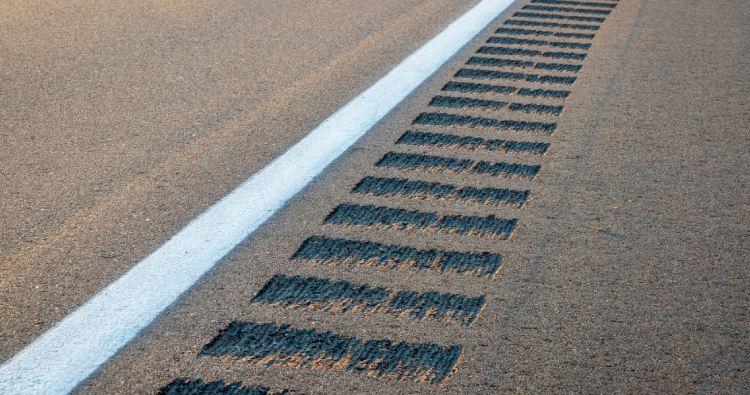
Have you ever drifted off a lane, being unmindful, and suddenly shocked into senses by vibrations coming from the car? These little bumps on the roads while driving is called “rumble strips,” also known as “sleeper lines” or “alert strips,” …and sometimes more aptly, “drunk bumps”!
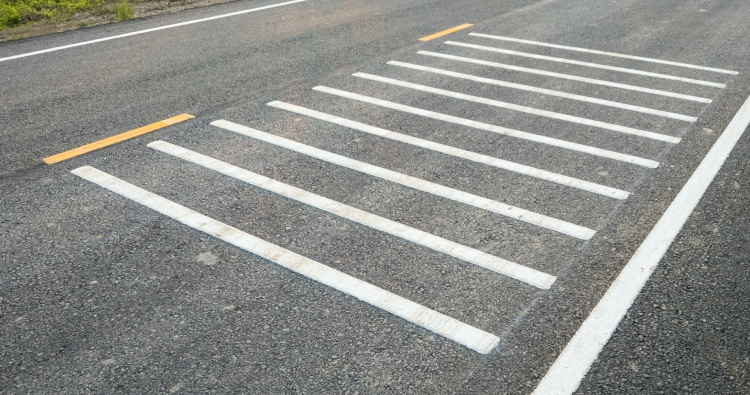
This road safety feature alerts a distracted driver of possible danger every time he strays off the correct driving lane. When our car wheels drive over these strips, it causes a tangible vibration and a rumbling that travels through the wheels and into the car. The sound conveys to the driver that he/she has drifted from the correct travel lanes. These bumps are painted with a retroreflective coating to increase the visibility of the pavement edge at night or during severe weather conditions. They reduce severe lane departure crashes by 50%, per the data.
Installed on a variety of roadways, in the center, at the edge of a two-lane road, or on the shoulders of a freeway, a lot of lives get saved every year because of the “rumble strips.” These are just a very few out of so many road markings, signs, traffic symbols, etc., that are currently in operation. Though it is difficult to remember them all, it is primarily the awareness and presence of the mind of drivers and pedestrians that are more important than just blindly following signs and markings.
10 Most Dangerous Roads in the World



















